NSW’s most shocking prison deaths: investigation records 704 deaths in 40 years
They are some of the state’s most shocking prison deaths uncovered during coronial inquests. Now NewsLocal has lifted the lid on the horror stories in our correctional system.
- Dead Parklea inmate Alex Clements had allegedly tried to drown toddler
- Parklea Jail: Inmate found dead, police investigating
- Parklea prison, MTC: New Operators’ history of riots
They are some of the shocking prison deaths that rocked devastated families, questioned medical and mental health support offered to inmates and resulted in urgent calls for change through heartbreaking coronial inquests.
NewsLocal is shining a spotlight on deaths in custody across the NSW prison system with 704 deaths in custody recorded through a 40-year inquiry by the Australian Institute of Criminology.
The nationwide study, which will be featured over a multi-part NewsLocal investigation, offers a detailed breakdown of the reasons for deaths in custody in different jurisdiction across the country; where inmates are dying and the horror years that have claimed the most lives in our prison system.
ERIC WHITTAKER
In the early hours of the morning — locked in his cell at Parklea Correctional Centre alone, confused and in great pain — Eric Whittaker cried out to the “night rovers” after suffering from a brain haemorrhage that would later take his life.
The 35-year-old was held on remand at Parklea for three days to July 2, 2017, when two night rover correctional officers, David Stankovski and Sukhvir Gill, heard his “distressed and panicky tone” around 4.50am, according to the Coronial Inquest into his death.
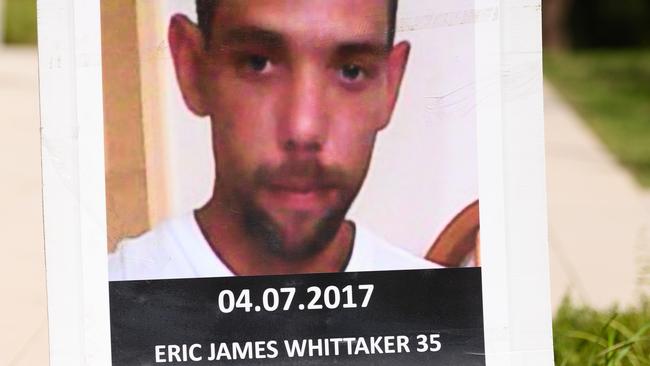
Not convinced he was in any physical pain as he was unable to explain his symptoms, officers James Dobry and Tevita Fa’ao tasked with answering calls from cells, refused medical intervention a more than 20 times despite Mr Whittaker alerting them over the emergency intercom system that something was wrong, the inquest found.
By the time he was seen for treatment more than three hours later, “vital hours to treat Eric’s condition were lost”,
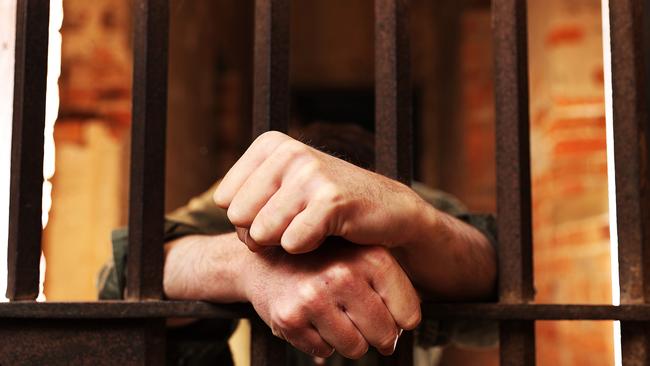
State Coroner, Magistrate Teresa O’Sullivan, found Mr Whittaker died after suffering a ruptured cerebral artery “that went untreated for several hours”.
Ms O’Sullivan found correction officer James Dobry’s lack of understanding and inquiry meant “he failed to respond appropriately to an inmate who was so obviously exhibiting distress”.
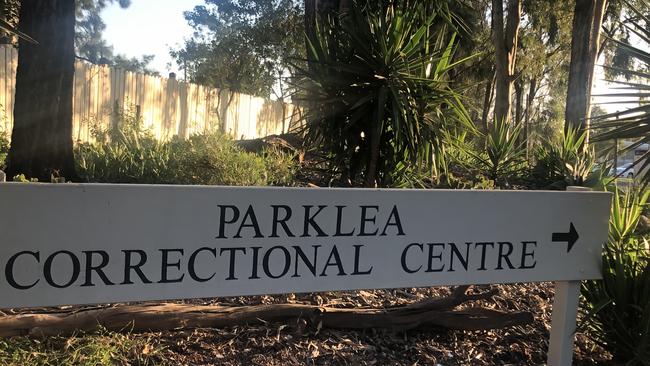
Meanwhile, the second officer, Mr Fa’ao was “compassionate and provide some reassurance”, but revealed during the coronial inquest that he had not been given any training to recognise mental health issues.
Two other officers, Paul Hanson and Mathew Riley, answered calls for help, which the coronial inquest described as the inmate being “extremely distressed and can be heard panting and sobbing”.

The privately-run centre’s operator at the time, GEO Group, ordered an investigation into the incident, which found there were 186 minutes for correctional employees to have recognised there was something wrong. GEO Group Professional Integrity officer, Robert Lang called for disciplinary action against a number of officers.
The magistrate said Mr Lang found multiple breaches of policies and initiated disciplinary action against Mr Dobry, Mr Fa’ao, Mr Hanson, Mr Stankovski and Mr Gill.
“I have given thought to what training could be given to correctional officers to help them recognise that the signs of distress exhibited by Eric warrant clinical review,” Magistrate O’Sullivan said in her findings.
“But the stark reality is that it should already have been evident to them, based on their fundamental understanding of human distress and the duty of care they owed, that Eric needed to followed up for a welfare check, which should in turn have led to medical intervention.”
ACCIDENTAL DEATH
Around 10pm on September 24, 2017, Bathurst Metropolitan Special Purpose Centre inmate Francis McCann accidentally rolls off his bed — CCTV cameras capture the fall as his face and body slam the concrete floor below.
The 48-year-old would lie on the floor of his cell for nine hours until he is discovered by morning correctional officers around 7.15am, with a pool of blood surrounding his head.
Officers call out to the inmate twice before he tells them he cannot feel his legs.
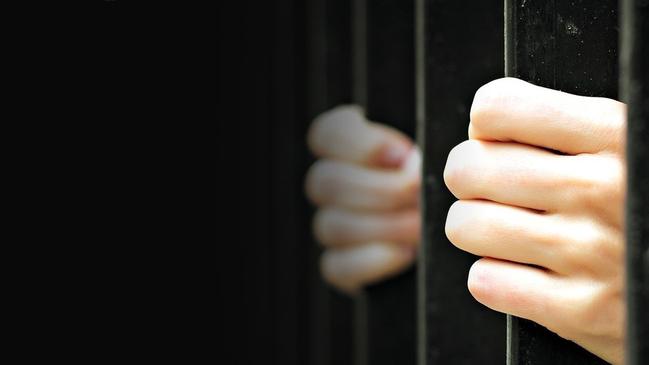
Deputy State Coroner, Magistrate Derek Lee’s coronial inquest found scans of the 48-year-old’s spine and skull showed “multi-level degenerative changes, together with a 4th and 5th OKcervical disc spinal injury” which, following urgent survival surgery, would render him a quadriplegic.
But just three days later Mr McCann developed pneumonia. He was pronounced dead on October 15.
“CCTV footage from Mr McCann’s cell appears to indicate that Mr McCann’s legs and lower part of his body were entangled in his blanket,” the magistrate said in his findings. “There is no evidence to suggest that Mr McCann’s fall was anything other than entirely accidental and unpredictable.”
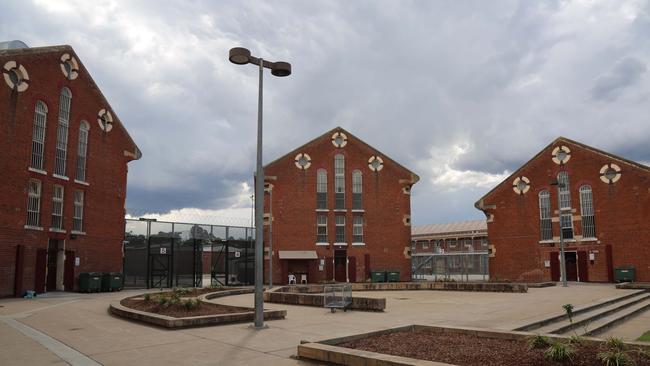
First Class Correctional Officer Kymm Beer looked through the window of Mr McCan’s cell and saw him lying on the floor just 50 minutes after his fall.
Ms Beer said she specifically saw the “rise and fall of Mr McCann’s chest and observed that he was breathing” and didn’t report the fact that the inmate was lying on the cell floor with any other correctional staff.
Senior Correctional Officer Adam Hend was tasked with the monitoring of 560 security cameras on the night of Mr McCann’s fall.
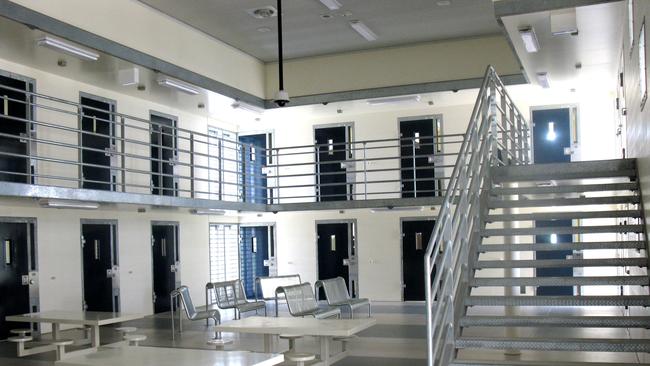
The officer said he saw the inmate on the floor of his cell “numerous times” before his shift ended at 11pm.
“I would not have commented to other staff about (Mr McCann) appearing to be sleeping on the floor as it is common for inmates to sleep on the floor, especially on warm nights as assessment cells have poor ventilation,” Mr Hend said in the inquest. “From my experience it is very common for inmates asleep on the floor.”
The Magistrate said the assumption made by officers “was not unreasonable, particularly given that there was nothing about Mr McCann’s appearance or positioning which suggested that further enquiry ought to have been made”.
“Once it became apparent on the morning of 25 September, 2017, that something was amiss and that Mr McCann was in a potentially serious condition, the response from both CSNSW and Justice Health staff was entirely reasonable and timely,” he said. “Therefore, the evidence established that no action or inaction by CSNSW or Justice Health staff contributed to Mr McCann’s death.”
SUICIDE SKYROCKETING
Desperate families say that more can and should be done to support prisoners with mental health issues — including the heartbroken family of Indigenous man Tane Chatfield who died in Tamworth Hospital at the age of 22.
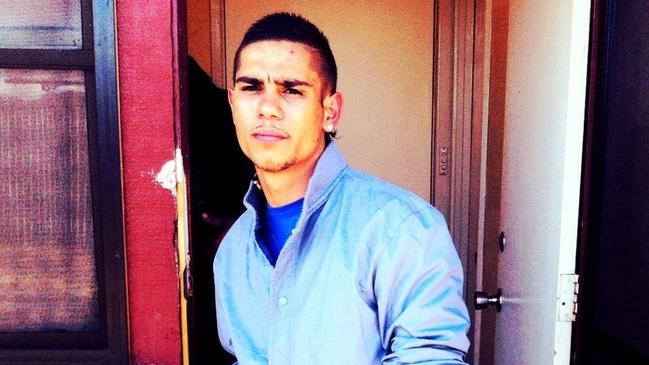
Chatfield, was discovered by a fellow inmate at Tamworth Correctional Centre following a suicide attempt on the morning of September 20, 2017, after he was returned from hospital without a discharge summary following a series of seizures.
Deputy State Coroner, Magistrate Harriet Grahame, said the investigation into Tane’s death
“raised broader questions about the general standard of medical care and support provided to
inmates within our prison system” and the “obvious hanging points” still present in cells of vulnerable indigenous prisoners.
The 22-year-old had been in custody for more than two years and presented a "clear risk of self-harm".
Initial screenings indicated Mr Chatfield had significant levels of distress, a diagnosis of severe depression and anxiety disorder, while records show he told medical staff he had “multiple attempts at hanging himself”.

However, Magistrate Grahame said the inmate “did not receive sustained psychological care or
support; drug and alcohol treatment; or meaningful assistance to strengthen his troubled
relationships in the community” during his two years in custody.
“In my view, the evidence suggests that officers acted appropriately when Tane knocked up
on the first occasion,” the magistrate said. “It is extremely unfortunate that Tane was taken back to custody without a discharge summary — this is even more important when the patient is a prison inmate who has no control over his ongoing health care.”
The magistrate ordered the Corrective Services Commissioner to comprehensively audit all cell hanging points at the Tamworth Correctional Centre and undertake urgent removal of any hanging points identified.
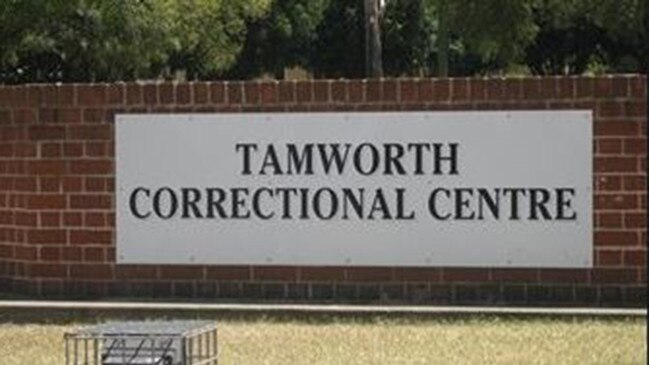
A Corrective Services NSW spokeswoman said there were a total of 12 deaths in custody over the past 12 months.
“The people who died were from Long Bay Hospital (4), Cessnock Correctional Centre (1), Silverwater Women’s Correctional Centre (1), Metropolitan Remand and Reception Centre (1), Parklea Correctional Centre (2), Glen Innes Correctional Centre (1) and the Metropolitan Special Programs Centre (2).

